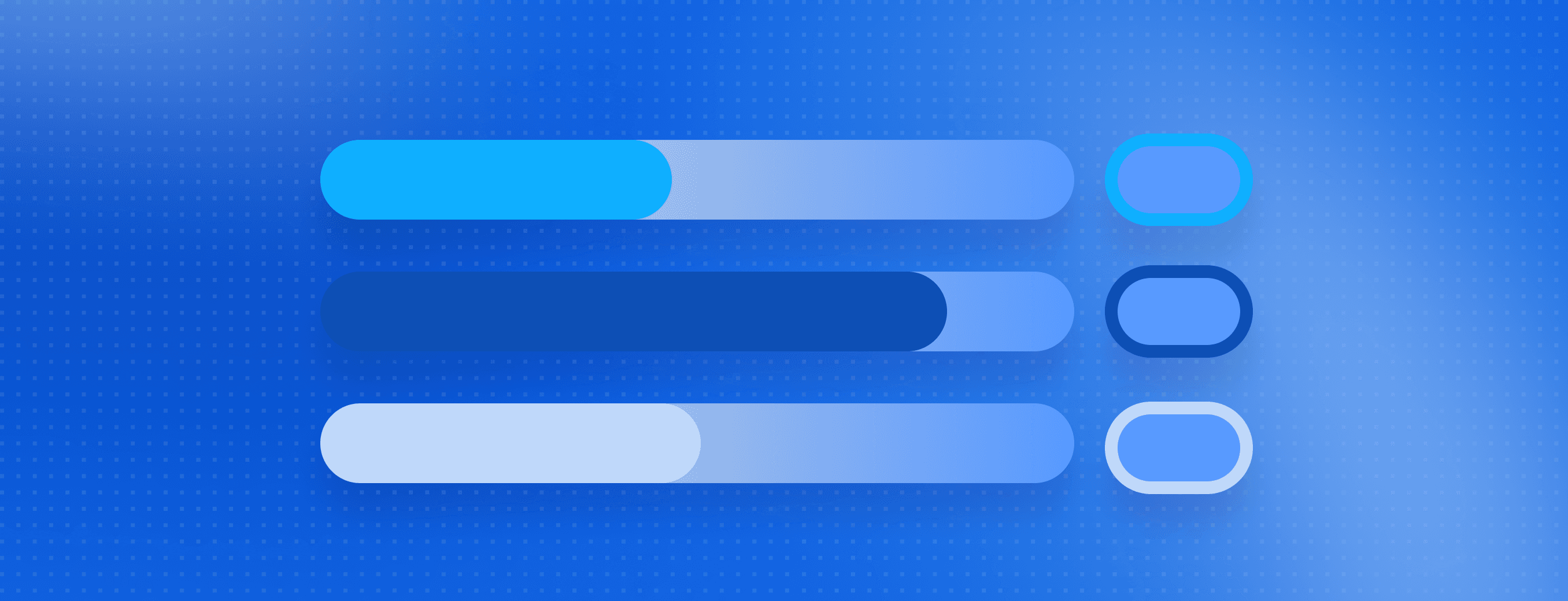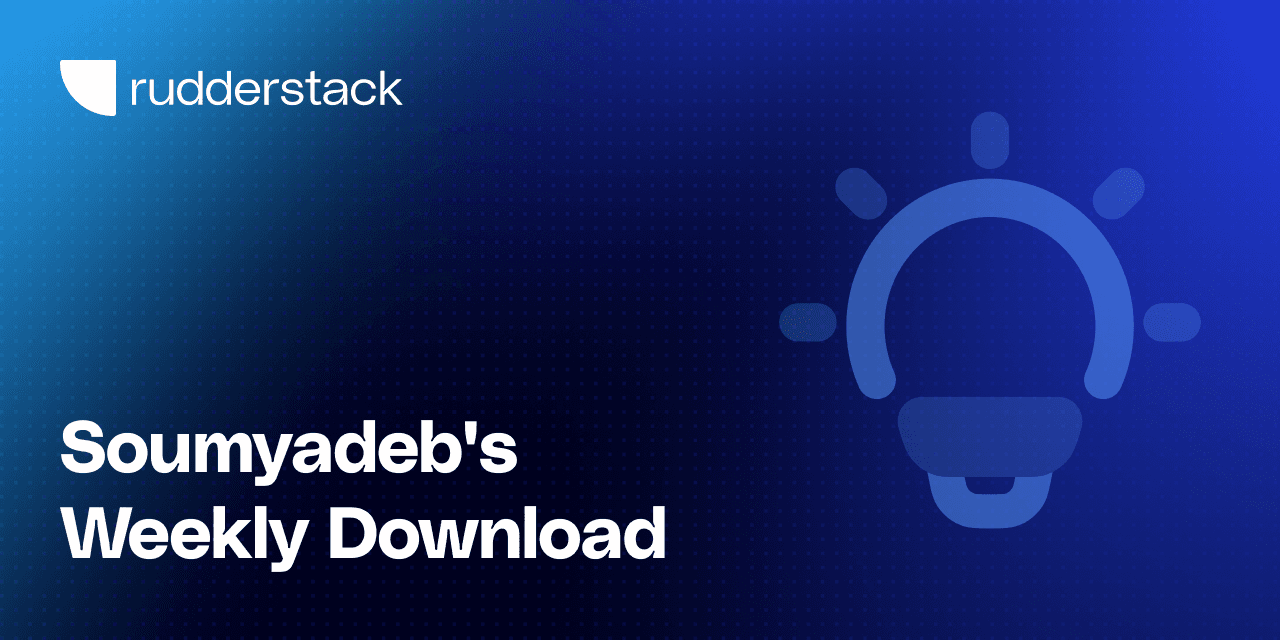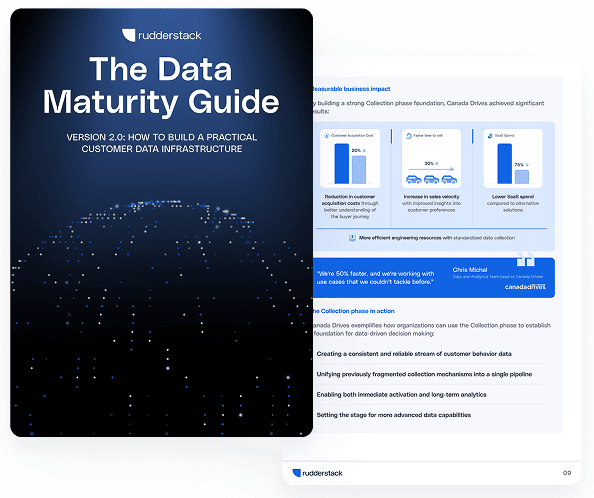Event streaming: What it is, how it works, and why you should use it

Published:
October 10, 2024

RudderStack: The essential customer data infrastructure
Learn how RudderStack's customer data infrastructure helps teams collect, govern, transform, and deliver real-time customer data across their stack—without the complexity of legacy CDPs.

Scaling data products starts with fixing the foundation: Five lessons we’ve learned
Most teams don’t have a modeling problem—they have a foundation problem. This post shows how to standardize your pipeline, put one owner in charge, and use observability to scale data products.

FiveTran and dbt Labs merger: A new giant in the modern data stack
The Fivetran and dbt Labs merger combines ingestion, transformation, and activation into one stack. It reshapes the modern data landscape and signals a move toward unified, AI-native infrastructure for data-forward teams.







